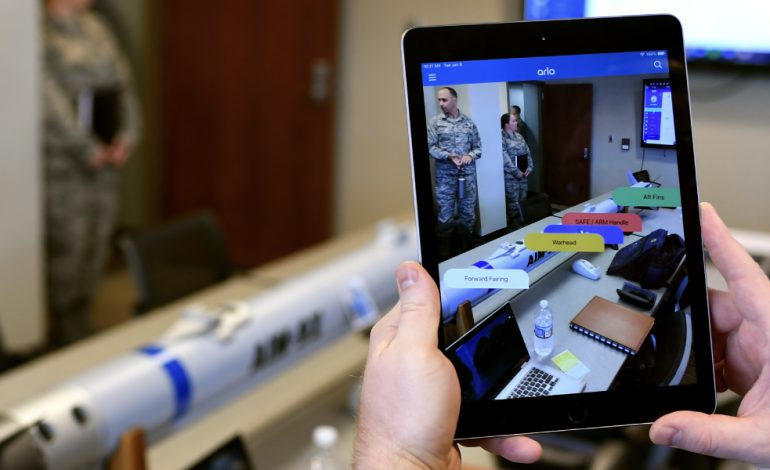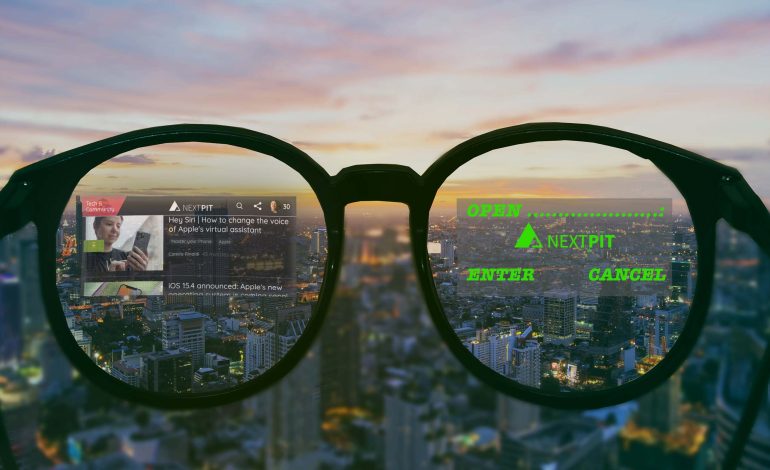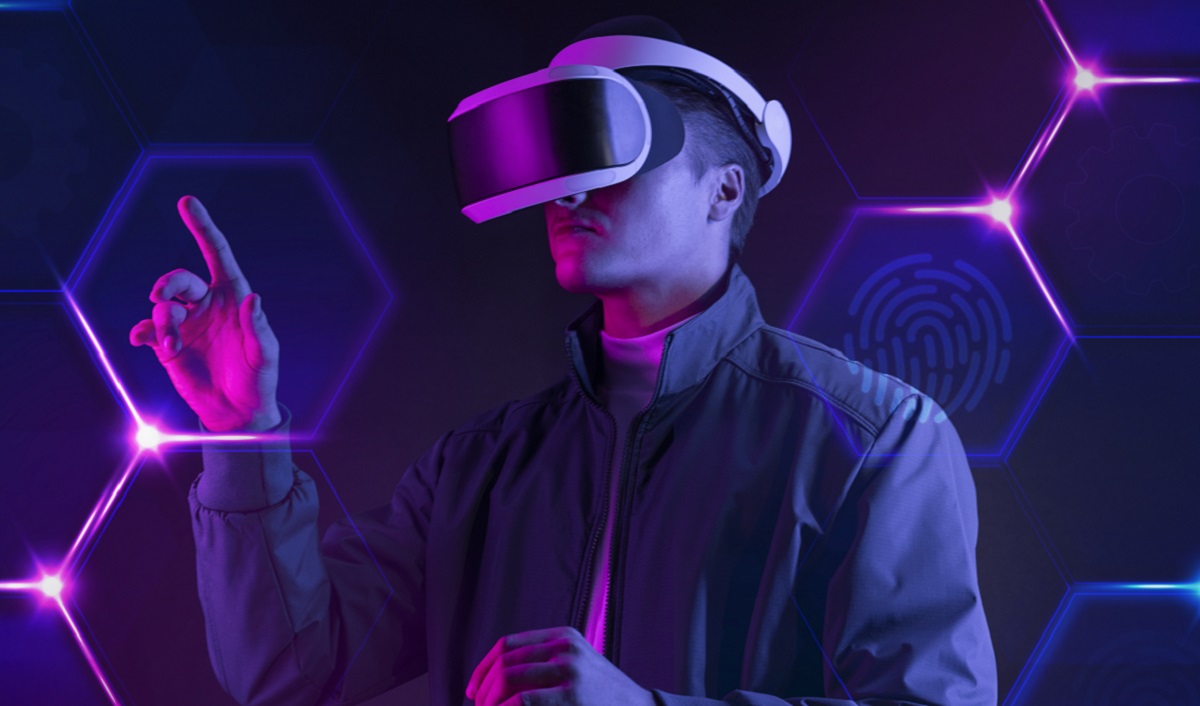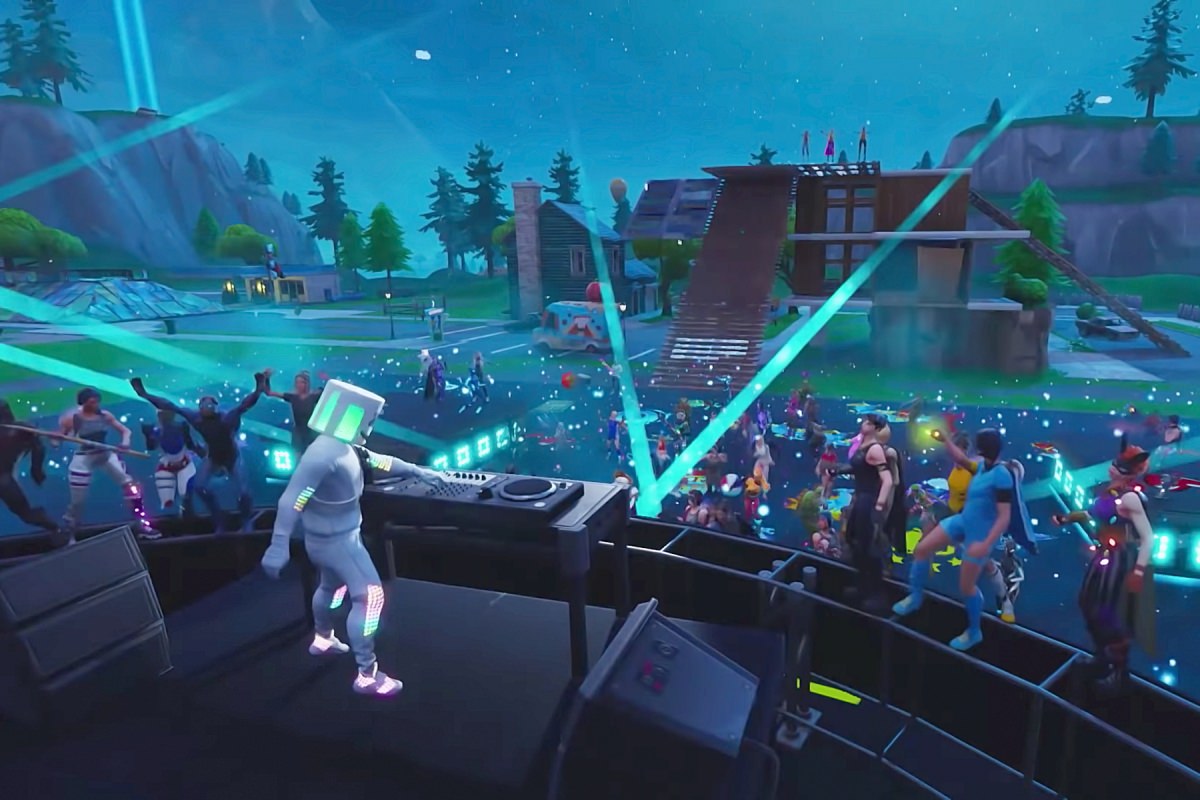What does mesh do in augmented reality?
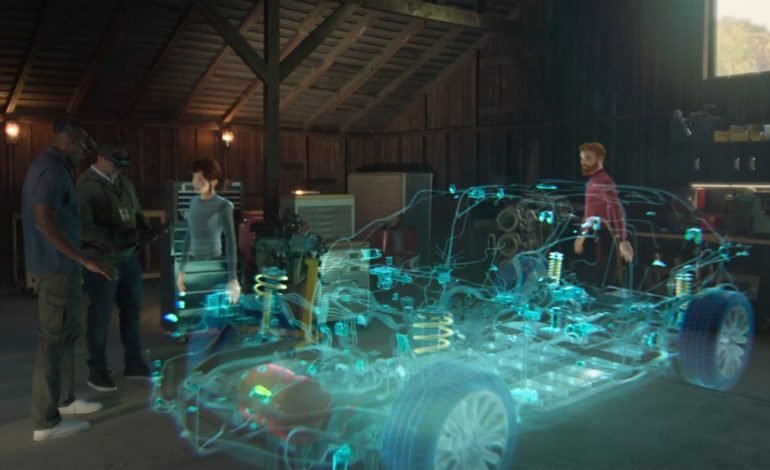
Augmented reality (AR) has quickly become a part of everyday life. It’s used for everything from entertainment to business. But what exactly is the role of mesh in augmented reality? Mesh is a crucial component of AR, and understanding how it works is essential to making the most of this fantastic technology. In this blog post, we’ll explore mesh’s role in augmented reality mesh and why it’s so important.
What is a mesh in AR?
A augmented reality (AR) is a virtual model that helps create a 3D representation of an object or environment. Mesh enables the creation of realistic virtual environments, as it adds visual detail to the scene by dividing a surface into many small triangles or polygons. The mesh creates the shape of a 3D object or environment, and each triangle or polygon is assigned a color and texture to create a realistic effect. Mesh is also used to define the placement of objects in 3D space and the relationships between objects, making it an essential part of many AR applications.
The Importance Of Mesh Decimation In 3d And Augmented Reality
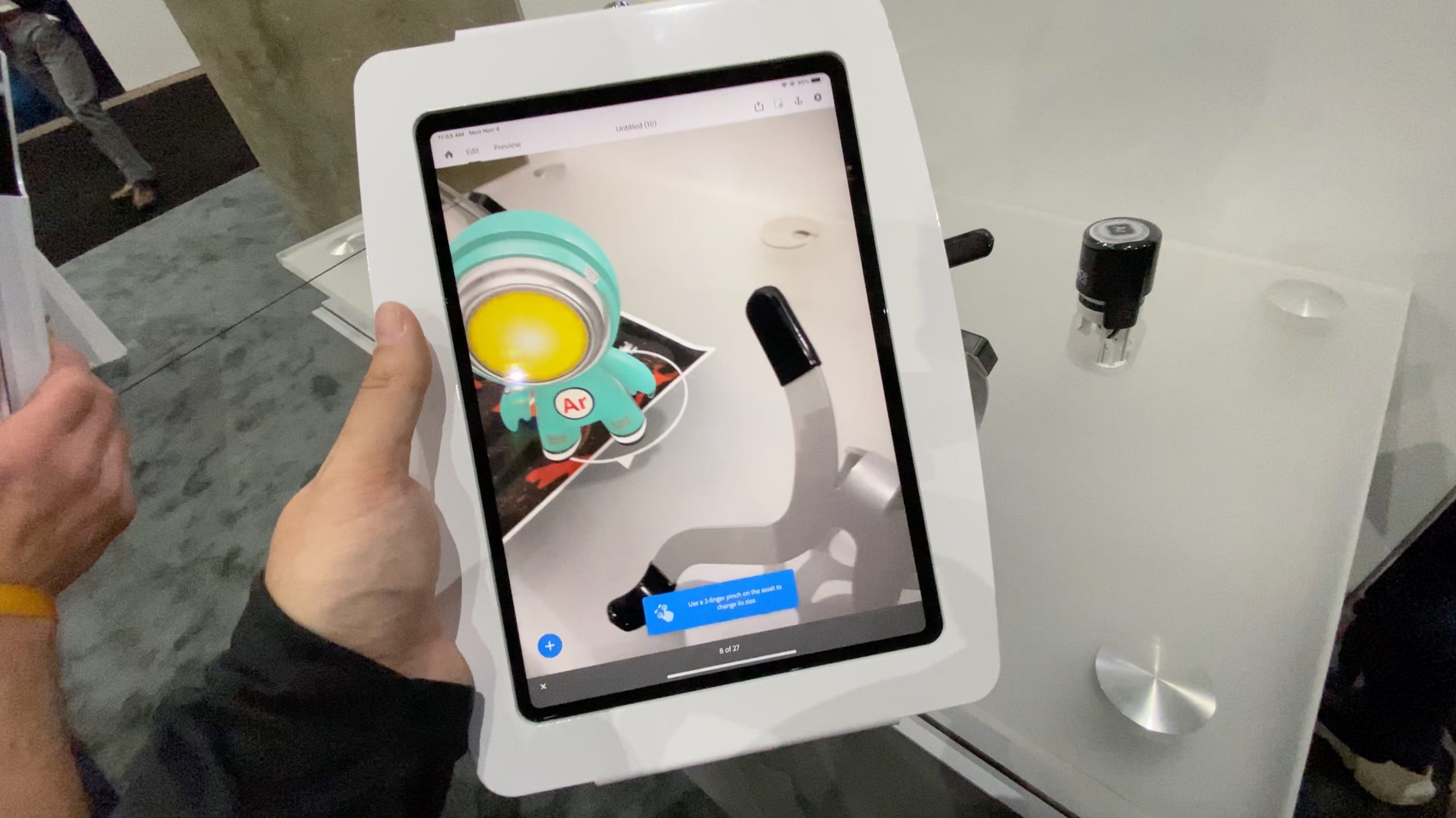
Mesh decimation is an essential element of augmented reality (AR) and 3D modeling, providing a way to reduce the complexity of a digital 3D model while preserving its fundamental structure. By selectively removing or modifying vertices and polygons, mesh decimation decreases the size of a digital model, allowing for faster loading and improved performance. Mesh decimation is also critical for ensuring accurate visual representation of an AR object as it is rendered in real-time on an AR headset or mobile device.
In AR, the 3D mesh represents an object or scene being virtually reconstructed in real time. It is made up of thousands or even millions of points, called vertices, connected to create polygons and triangles. This allows the 3D object to appear realistically when rendered in real-time by the AR device. However, this can be highly resource-intensive, leading to longer loading times and decreased performance.
Mesh decimation works by selectively removing or modifying vertices and polygons so that the essential structure of the 3D object is preserved while the overall file size is reduced. This ensures that the AR experience remains visually appealing while running efficiently on a device. Additionally, mesh decimation ensures that 3D objects in augmented reality accurately reflect their physical counterparts. For example, suppose a 3D model of a human face is used for facial recognition in an AR application. In that case, mesh decimation can ensure that subtle details, such as wrinkles, are retained and not lost during processing.
Overall, mesh decimation is integral to 3D and augmented reality applications, allowing for efficient rendering of detailed models while preserving their fundamental structure. Mesh decimation ensures that AR experiences run smoothly and accurately represent physical objects or scenes in real time.
Different use cases for mesh
Mesh technology is widely used in augmented reality. It is utilized to create 3D models from real-world data, allowing for more realistic virtual objects to be rendered. Mesh is also used to identify objects within a scene, detect the movement of things, and build accurate representations of the environment.
Mesh can be used to create interactive objects and surfaces. For instance, an augmented reality mesh environment can use mesh to detect and respond to user interactions like hand gestures or physical objects. It can also create a physics-based model of the environment, enabling realistic object behavior.
Mesh is also used in augmented reality navigation systems. It can detect obstacles, identify routes, and navigate around them accordingly. This technology can be used to guide the user through their environment while they are using augmented reality devices.
Finally, a mesh is used in augmented reality games. It enables game developers to create immersive experiences with realistic graphics and environments. It can also be used for gameplay elements such as terrain collision detection and artificial intelligence-controlled enemies.
How mesh affects augmented reality?
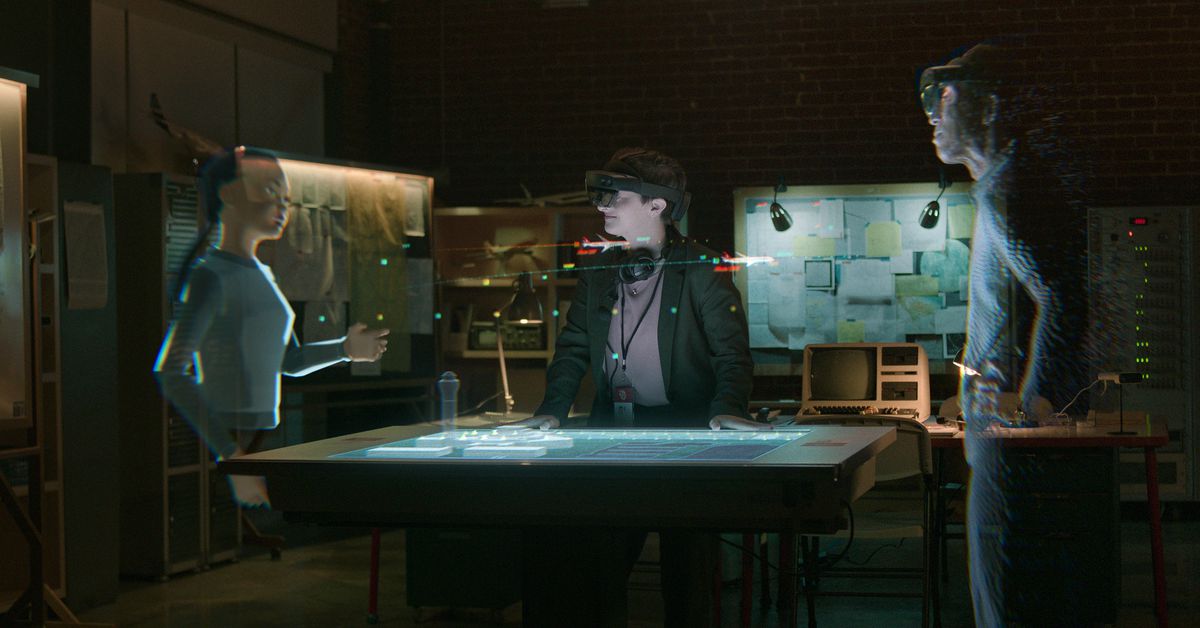
Mesh plays an essential role in augmented reality forensic. It is used to accurately map out physical spaces, helping to create a realistic experience when interacting with virtual objects. Mesh also helps to provide accurate tracking information for the user’s position within the physical environment.
In augmented reality, mesh helps improve the overall user experience by providing realistic visuals and tracking information. It is used to create detailed 3D models of the physical environment, allowing for the accurate placement of virtual objects. This can create a more realistic experience as the virtual objects interact with real-world counterparts.
Mesh also plays a vital role in AR tracking technology. By accurately mapping out physical spaces, mesh helps provide accurate tracking data, allowing for a smooth and responsive experience when navigating the virtual world. This can be especially important when using AR applications that require precise movements, such as gaming or 3D design tools.
In addition, the mesh is used to create detailed digital replicas of physical objects. This helps to bridge the gap between the physical and virtual worlds, allowing for more immersive and engaging experiences. By combining the real-world environment with detailed 3D models, users can explore the physical world with greater depth and clarity.
Overall, mesh plays an essential role in augmented reality, helping to provide more realistic visuals and tracking information for a more enjoyable user experience. By accurately mapping out physical spaces and creating detailed digital replicas of physical objects, mesh helps create a seamless connection between the real and virtual worlds.
Most Frequently Ask Question
1. What is the purpose of a mesh in augmented reality?
A augmented reality mesh is used to create a 3D model of a physical object or environment. This model is then used to create virtual objects and environments in augmented reality. The mesh also helps to create an accurate and realistic representation of the physical world in the virtual space.
2. How does mesh decimation affect augmented reality?
Mesh decimation is a technique used to reduce the size and complexity of a 3D mesh. This process can improve the performance of an augmented reality application by reducing the amount of data that needs to be processed. It also makes it easier to create detailed virtual scenes within the augmented reality mesh environment.
3. What are some common uses for meshes in augmented reality?
Meshes are commonly used in augmented reality applications to generate 3D models of physical objects or environments. These models are then used to create virtual objects and environments in augmented reality. They can also be used to enhance or modify existing 3D models and create immersive virtual experiences.
Conclusion
Mesh is an integral part of augmented reality, and its usage can significantly affect the user experience. Mesh decimation is especially important in 3d and augmented reality to ensure the best results. Different use cases can benefit from mesh, allowing for more realistic renderings and better environmental integration. The mesh also helps improve AR’s visual quality, allowing for a more immersive experience. Understanding how the mesh works and can be used in different applications is essential for developers and users to get the most out of their augmented reality experiences

